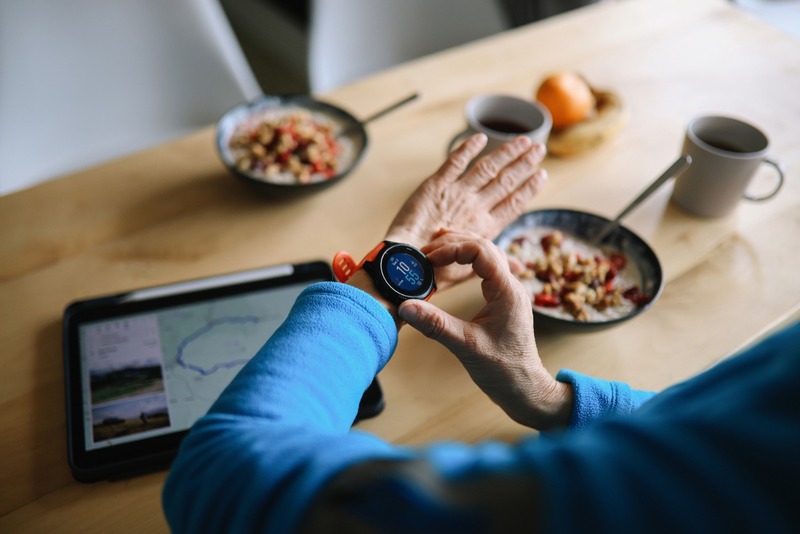News
How exercise can help combat fatigue

When hit with a bout of fatigue, it can be tempting to take a nap or give into a day of lounging. Counterintuitive as it may seem, getting up and participating in low- to moderate-intensity exercises when experiencing fatigue has been shown to help boost energy levels and reverse fatigue-related symptoms, according to multiple studies.
“Exercise is a powerful tool for improving endurance, boosting energy levels and enhancing overall vitality,” said Sarah Giovagnoli, an exercise physiologist at Shaw Cancer Center. “Exercise is often called the ‘magic pill’ for overall wellbeing and decreasing fatigue and disease processes.”
The American College of Sports Medicine (ACSM) and Centers for Disease Control and Prevention (CDC) recommend 150 minutes of moderate intensity aerobic activity, such as walking, swimming or cycling, every week, which is about 22 minutes per day, and two strength training sessions per week that work all major muscle groups.
“Regular exercise is widely known for its numerous physical and mental health benefits,” according to the American Sports and Fitness Association. “For individuals experiencing chronic fatigue or other fatigue-related conditions, engaging in regular exercise may help alleviate some symptoms and improve overall energy levels.”
Exercising regularly is not only recommended for healthy, young adults, but also, and maybe even more so, for those facing health challenges and as people age. The biggest reported side effect with cancer patients is fatigue, and exercise has also been proven to help cancer patients dealing with fatigue, as well as prevent fatigue in patients with MS. This is due to how exercise revs up the system, increasing endorphins and energy levels.
“Exercise increases blood flow, which boosts oxygen circulation throughout our bodies, including to our brain, supporting mitochondria energy production which allows our bodies to function better, decreasing overall fatigue and increasing cognitive function,” said Giovagnoli. “Exercise, for at least 30 minutes in duration, also increases hormone levels, including serotonin, which results in us feeling more energized physically and mentally.”
“As we age, or slow down exercising, the loss of muscle can have a direct effect on fatigue, since more muscle means higher metabolism and more energy,” said Giovagnoli.
The American Society of Clinical Oncology (ASCO) also published guidelines that state there is some evidence that mind-body interventions such as yoga and acupuncture can ease fatigue.
“Everyone can benefit from physical activity — no matter your age, sex, race or ethnicity, health condition, shape or size,” according to the U.S. Centers for Disease Control and Prevention.
More News
-
New!
More

Keeping the Peace This Holiday Season: Tools for Handling Tense Moments With Care
Holidays may be joyous, but they often come with awkward moments, family dysfunction and difficult conversations.
-
More

First Chair to Last Call: What Does Alcohol Really Mean For Your Health?
In nearly every Colorado ski town, some iteration of the neon sign blares its play-hard-party-harder anthem. It’s a not-so-subtle nod to mountain party culture, a lifestyle that normalizes combining sports and outdoor adventures with heavy drinking and partying. In Eagle County, après culture, high-altitude living and outdoor performance have coexisted for as long as locals have been sliding on snow. But how much is too much at altitude? And what role do social support systems play in helping residents find balance?
-
More

Counting More Than Steps: How Wearables Can Help (or Hinder) Your Health
From step counts to sleep stages, heart rate variability to blood sugar spikes, wearable devices are giving us a front-row seat to what’s happening inside our bodies. Strapped to wrists, slipped onto fingers or wrapped around our biceps, wearables like the Oura Ring or Whoop strap promise insight and advice in the quest for better health.





